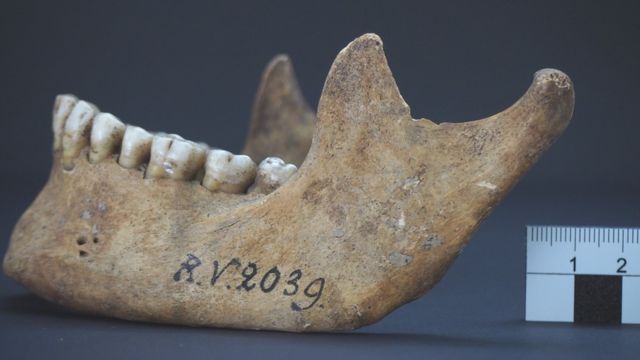
A new candidate for “patient zero” in the plague that caused the Black Death is found by scientists. He is thereby the oldest plague victim. According to fresh evidence, a man who died more than 5,000 years ago in Latvia was prey with the earliest-known form of the illness. In the 1300s, the plague spread over Europe, killing up to half of the population.
Later waves struck regularly for several centuries, killing millions of people. Dr. Ben Krause-Kyora of the University of Kiel in Germany remarked of the 5,300-year-old remains, “Up to now this is the oldest-identified plague victim we have,”
The individual buried there was with three others near the Salac River. The river then drains into the Baltic Sea, at a Neolithic burial site in Latvia.
More about the oldest plague victim

The researchers sequenced DNA from all four people’s bones and teeth, then examined them for bacteria and viruses. Their jaws dropped. They discovered that one hunter-gatherer, a young guy in his twenties, had an old form of plague caused by the bacteria Yersinia pestis.
“He most likely was bitten by a rodent, got the primary infection of Yersinia pestis, and died a couple of days [later] – maybe a week later – from the septic shock,” said Dr. Krause-Kyora.
The old strain, according to the researchers, appeared around 7,000 years ago. It was just when agriculture was beginning to appear in Central Europe.

They believe the bacteria may have spread from animals to people on a random basis, without generating huge epidemics. It evolved through time to infect humans, eventually developing into the bubonic plague. Bubonic plague’s transmission is by fleas and it wreaked havoc on medieval Europe, killing millions of people.
Many ideas regarding the evolution of human civilization in Europe and Asia are challenging. It is because early strains of plague were sluggish to spread.
It also calls into question the theory that the illness was responsible for large-scale population losses in Western Europe towards the end of the Neolithic period.
Other experts praised the work. But cautioned that it does not rule out the likelihood that the epidemic was widespread in Europe at the time. Humans generally get plague after being bit by a plague-carrying rodent flea or coming into contact with a plague-infected animal. The condition is still present today. But if identified early enough, treatment is possible with antibiotics. Cell Reports published the research.






